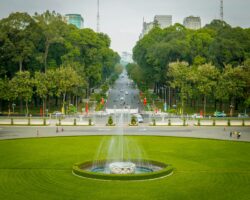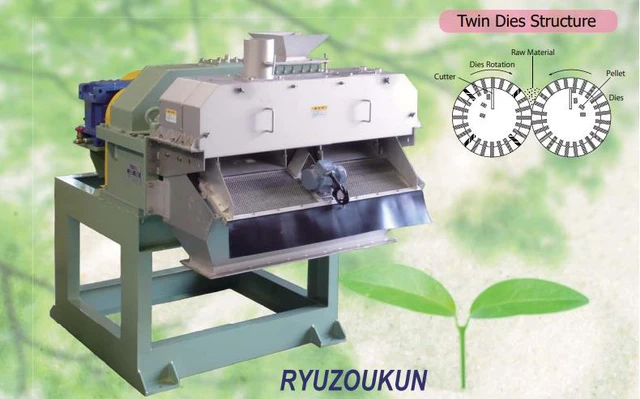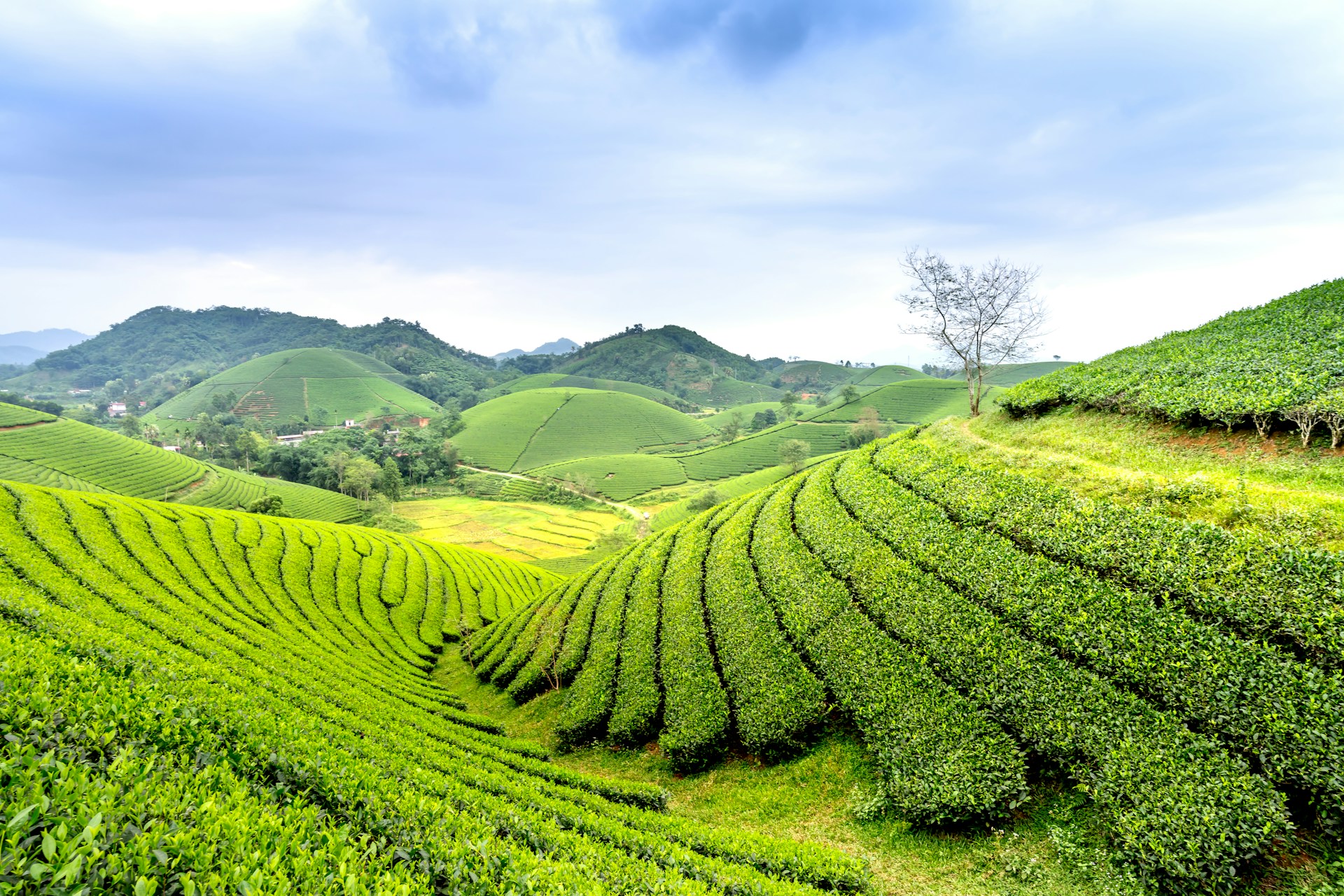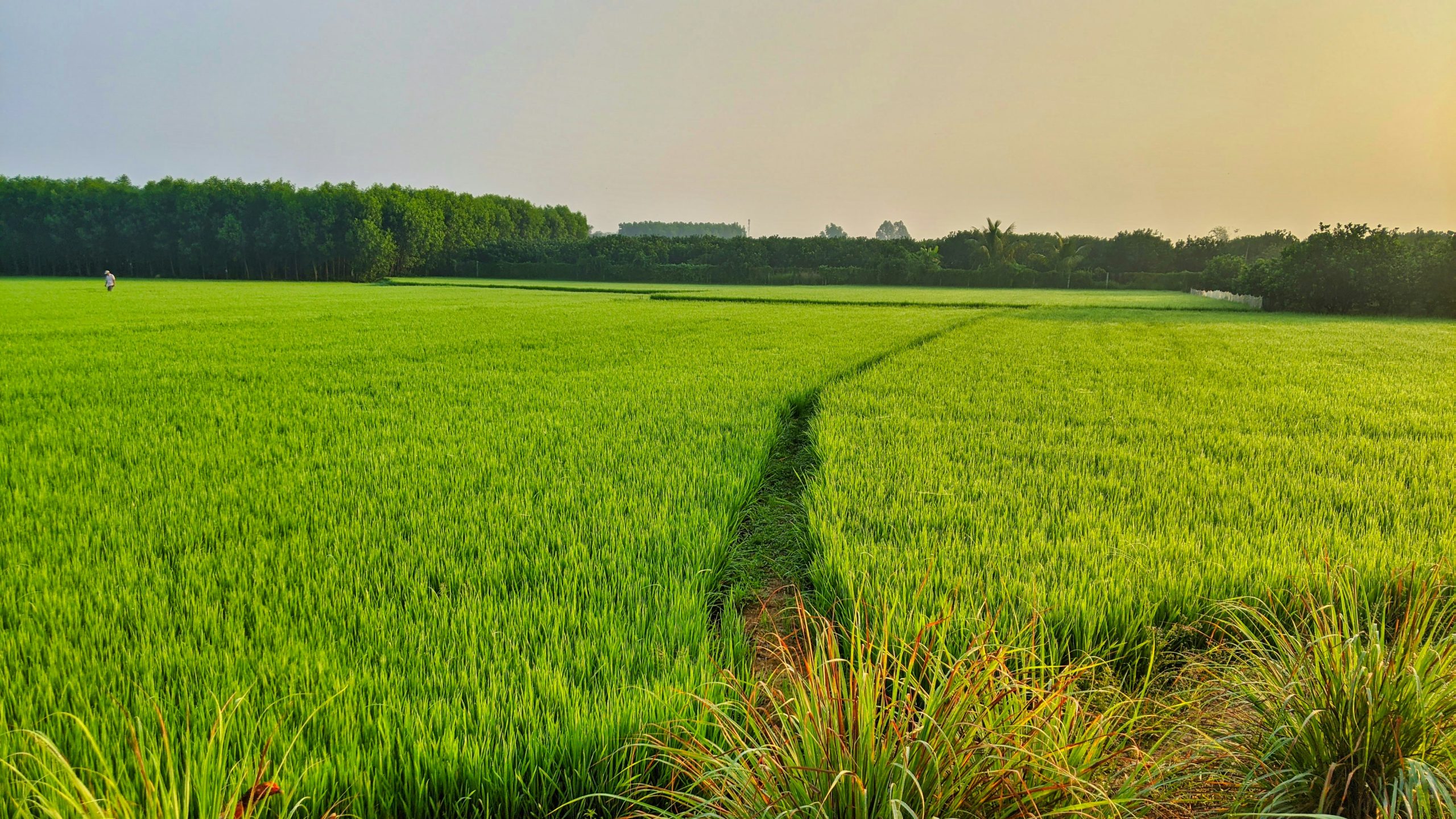
18Oct2024
Industry Reviews / Latest News & Report
Comments: No Comments.
Overview of forestry in Vietnam
Vietnam’s forest area has remained relatively stable over the last five years. According to the General Statistics Office (GSO), by 2023, the total forest area reached 14.9 million hectares, marking an increase of 0.3 million hectares from the 14.7 million hectares recorded in 2019[1]. Natural forests dominate, consistently making up around 68-70% of the total forest coverage. Most newly planted forests are designated for production or protective reforestation purposes
In terms of forestry products, the production of exploited wood has been increasing, driven by the growing demand for raw materials in commercial production. The total exploited wood has reached 21.6 million m3 in 2023, rising from 16.4 million m3 in 2019[2] a compound annual growth rate (CAGR) of 7.2%. In 2018-2022, according to the General Statistics Office, Vietnamese private enterprises carried out most timber extraction, accounting for 88% of total exploited wood, while foreign companies only accounted for approximately 1% of the total[3].
Source: GSO
Government digital transformation planning in forestry
According to Decision 523/QĐ-TTg on Vietnam’s Forestry Development Strategy 2021-2030, with a vision for 2050[4], the Vietnamese government aims to modernize and enhance the competitiveness of the forestry sector. This includes an integrated approach along the entire value chain—from forest development, conservation, and utilization to the processing and commercialization of forestry products. The ultimate goal is to increase forest value, sustainably manage natural resources, and promote sustainable forestry development. Two key areas of focus for information technology application are forest management and forestry product processing.
In forest management, the government seeks to strengthen the capacity of forest owners by establishing systems for forest resource monitoring and evaluation. This includes promoting the use of remote sensing technology and Geographic Information Systems (GIS), as well as IT solutions for forest management. Additionally, national forest resource surveys are conducted to preserve biodiversity. By 2030, the government aims for 100% of organizational forest owners to have the capability to monitor, manage, and prevent forest fires[5].
In terms of applying technology to forestry, the government is promoting integration across the entire product lifecycle, from raw material extraction to final processing. This initiative encourages the adoption of modern technologies at every stage of production, including seed selection, forest cultivation, and product processing. The primary objective is to enhance the productivity, quality, and overall value of forestry products through advanced technologies. Plans also include developing a national database for forest product processing and implementing IT systems to enhance forestry management. These efforts aim to modernize and optimize the sector and enhance efficiency at every step, from plantation to finished product.
Current situation
There have been many efforts in developing and applying digital transformation in forestry. Advanced technologies are transforming forest management and protection in Vietnam. These solutions are developed by the private sector, universities, or transferred from abroad and are applied in national parks and forests across Vietnam. Advanced technologies deliver real-time data that significantly enhance decision-making processes and allow for quicker responses to illegal activities and environmental threats[6].
In the forestry product production process in Vietnam, technologies are being integrated, particularly through digital timber traceability to comply with stricter export standards. The Vietnam Forest Science Institute has developed digital management software that supports legal timber traceability and maintains a comprehensive database for timber identification. However, due to the lack of a forest database, the forestry sector still faces challenges in tracing the origins of timber and accurately distinguishing between forest areas and industrial crop plantations.
Digital solutions in forestry
| Category | Solution | Introduction | Application |
| Forest management and protection | Spatial Monitoring and Reporting Tool (SMART)[7] | Enhancing forest patrols and improving early threat detection | Cat Tien National Park (Dong Nai), Xuan Lien Nature Reserve (Thanh Hoa), Pu Mat National Park (Nghe An), Phong Nha – Ke Bang National Park (Quang Binh), … |
| Forest Monitoring System (FMS)[8] | Tracking changes in forest coverage using satellite imagery | U Minh Ha National Park (Ca Mau), … | |
| Remote sensing technology [9] | Detecting deforestation and forest degradation | Ben En National Park (Thanh Hoa), U Minh Ha National Park (Ca Mau), … | |
| Forestry 4.0[10] | Custom software for updating data on over 70,000 hectares, documenting patrol activities, and monitoring changes down to individual trees. | Information about trees in 15 provinces, tree identification by Artificial Intelligence | |
| The forestry product production process | Timber identification [11] | Tracing and managing legal timber | Reducing the time needed for timber identification from 2-3 days to just 10-15 minutes per sample. |
Source: B&Company’s synthesis
Digital transformation currently aids primarily in forest management and surveillance. Forestry processing and manufacturing are considered to be relatively traditional in general. From a government perspective, forestry data deficiency is a major obstacle[12]. Businesses also face significant challenges, particularly during research and timber extraction, again due to the absence of a complete and unified forestry data system[13]. Effective digital transformation relies on comprehensive forest data, but the existing forest databases are fragmented and incomplete. Geographical limitations and inadequate infrastructure, especially in remote areas, further restrict the use of advanced technologies, limiting their digital application.
Opportunities
As the government actively promotes collaboration between private entities in sharing information on forests and forestry plantations, private companies can have the opportunity to develop applications for forest data collection and build comprehensive databases on trees and surrounding environmental factors[14]. This data infrastructure can be implemented in untapped forest areas that lack detailed information. Establishing such a robust database lays the groundwork for future digital transformation initiatives in the forestry sector, enabling more advanced technologies and sustainable management practices to be adopted effectively.
The government also encourages private sector participation and promotes international collaboration in investment, development, and technology transfer for the forest product processing industry[15]. This initiative aims to improve the development of advanced plant varieties, thereby fostering innovation and sustainability in the forestry sector. As a result, the opening of international collaboration opportunities will help stakeholders engage in enhancing the efficiency of forest product production in Vietnam. At the same time, this strengthening of international cooperation will contribute to promoting digital transformation, ensuring more sustainable forest product production.
Conclusion
Digital transformation in Vietnam’s forestry sector remains in its early development stage, with current applications largely limited to general forest monitoring and management. Nevertheless, the gaps in data management and technological capacity offer meaningful opportunities for private-sector collaboration to drive deeper digitalization, aiming to enhance value creation of forest products and promote sustainable forestry development of Vietnam.
[1] General Statistics Office. Status of forests as of December 31, 2023 <Assess>
[2] General Statistics Office. Statistical Yearbook of 2023 <Assess>
[3] General Statistics Office.Exploited wood production categorized by economic sector<Assess>
[4] Vietnam Prime Minister (2021). Decision 523/QĐ-TTg on Vietnam’s Forestry Development Strategy 2021-2030, with a vision for 2050 <Assess>
[5] Prime Minister (2023). Decision No. 523/QD-TTg of the Prime Minister: Approving the Vietnam Forestry Development Strategy for the 2021-2030 period, with a vision to 2050<access>
[6] Nhan Dan (2023). Application of digital technology in forest management and protection <access>
[7] Nhan Dan (2023). Application of digital technology in forest management and protection <access>
[8] Nhan Dan (2023). Application of digital technology in forest management and protection <access>
[9] Journal of Nature and Environment (2023). Application of technology in forest management and protection in National Parks <access>
[10] Vietnamnet (2023). Digital transformation of forestry: Looking at every tree and animal in the forest <access>
[11] Nhan Dan (2023). Application of digital technology in forest management and protection <access>
[12] Vietnam Prime Minister (2021). Decision 523/QĐ-TTg on Vietnam’s Forestry Development Strategy 2021-2030, with a vision for 2050 <Assess>
[13] VnEconomy (2023). Wood and wood products exports “missed the appointment” with growth targets, 2024 still has many challenges <Assess>
[14] Vietnam Prime Minister (2021). Decision 523/QĐ-TTg on Vietnam’s Forestry Development Strategy 2021-2030, with a vision for 2050 <Assess>
[15] Vietnam Prime Minister (2021). Decision 523/QĐ-TTg on Vietnam’s Forestry Development Strategy 2021-2030, with a vision for 2050 <Assess>
| B&Company, Inc.
The first Japanese company specializing in market research in Vietnam since 2008. We provide a wide range of services including industry reports, industry interviews, consumer surveys, business matching. Additionally, we have recently developed a database of over 900,000 companies in Vietnam, which can be used to search for partners and analyze the market. Please do not hesitate to contact us if you have any queries. info@b-company.jp + (84) 28 3910 3913 |
Read other articles
- All
- Administrative
- Business
- Business Matching
- Economic
- Exhibition
- Finance & Insurance
- Food & Beverage
- Healthcare
- Investment
- IT & Technology
- Lifestyle
- Logistics & Transportation
- Manufacturing
- Personal care
- Seminar
- Trade



















































